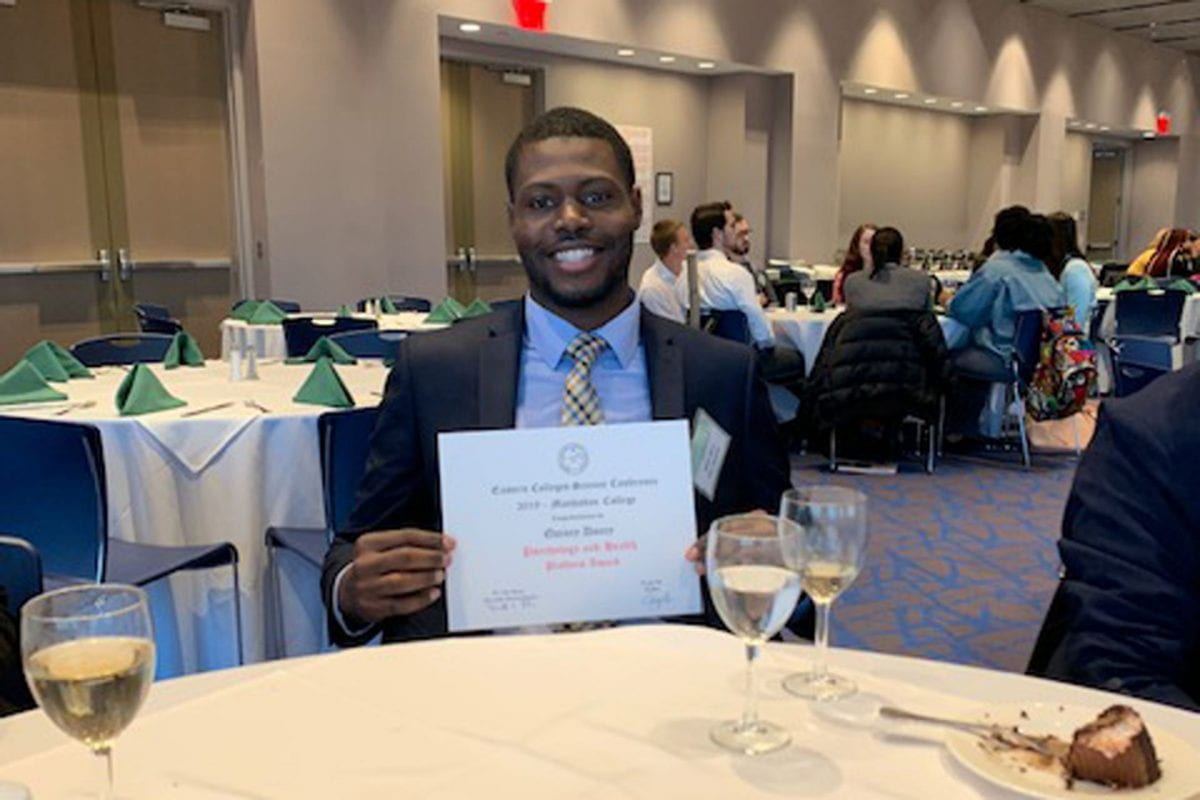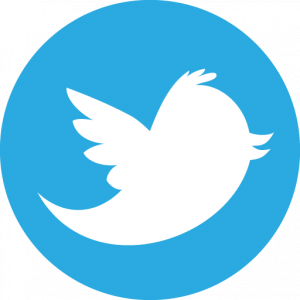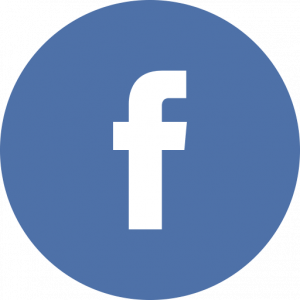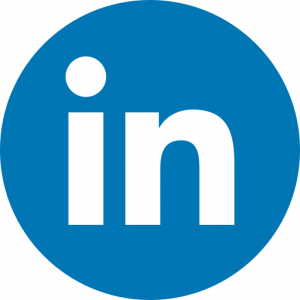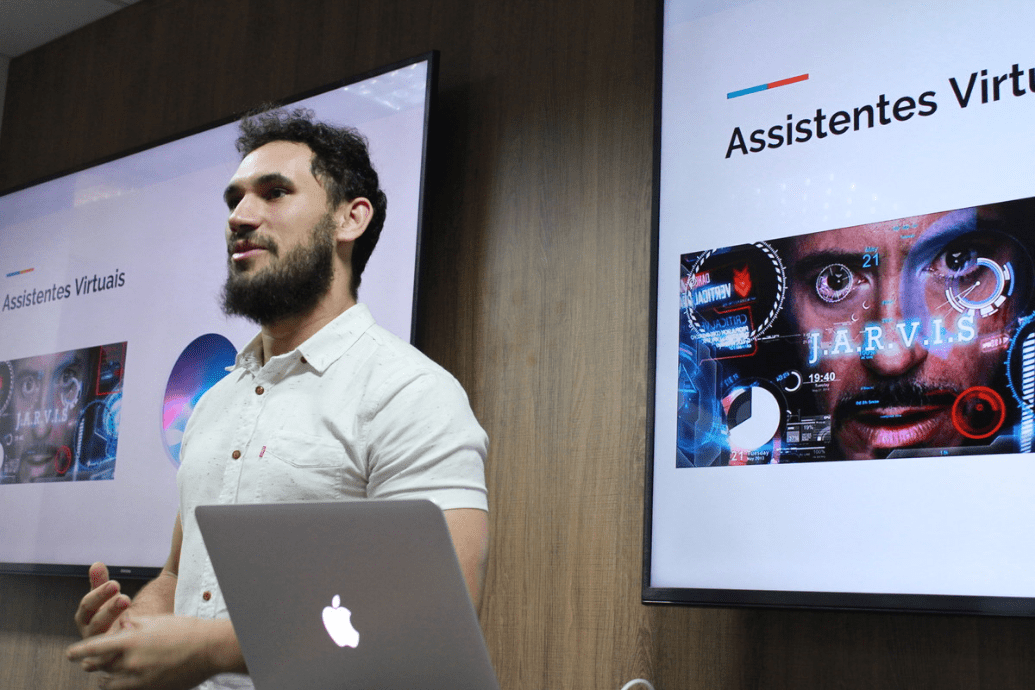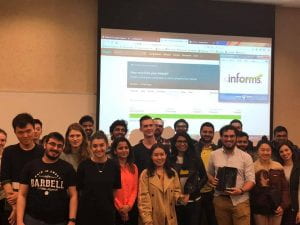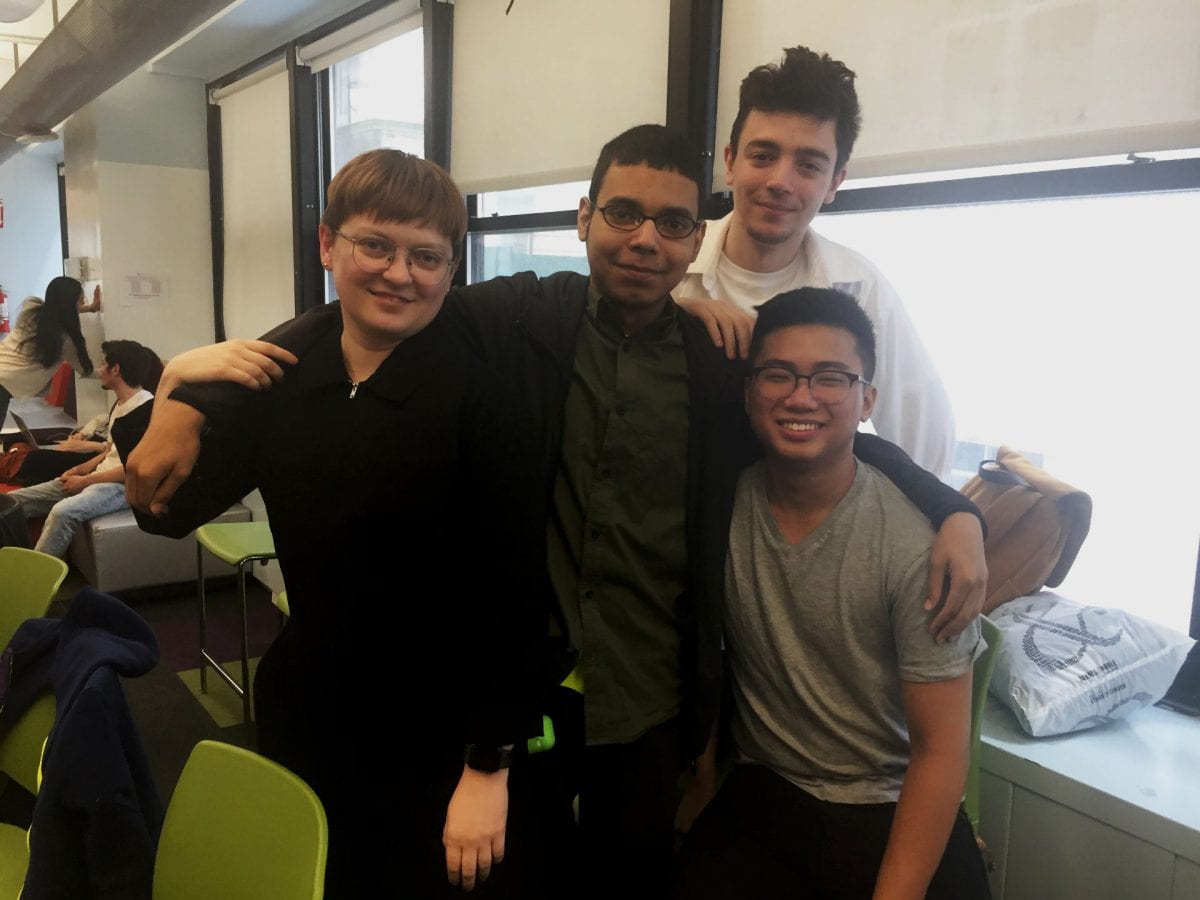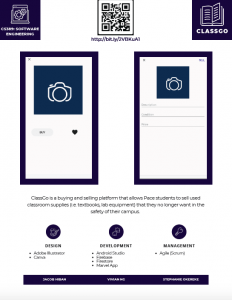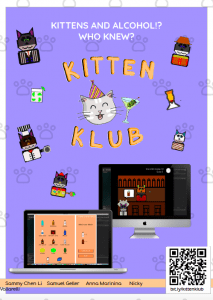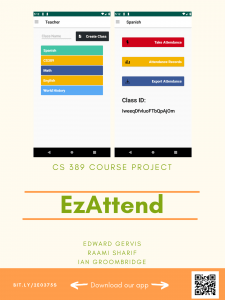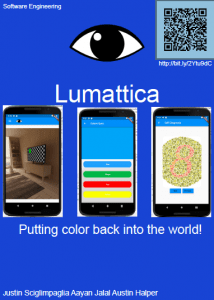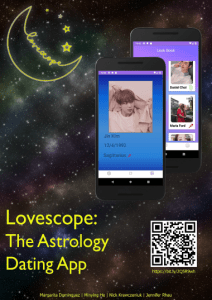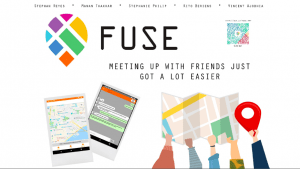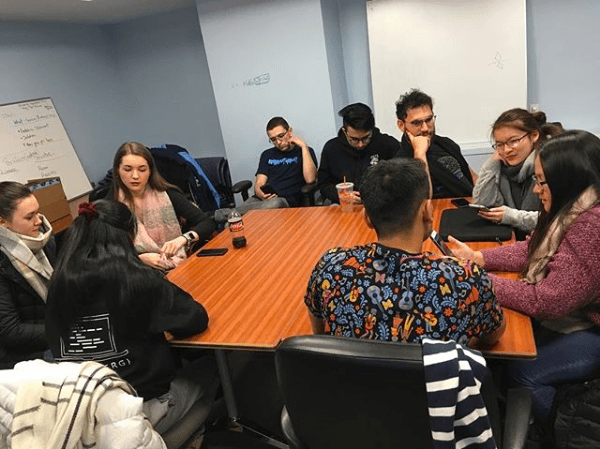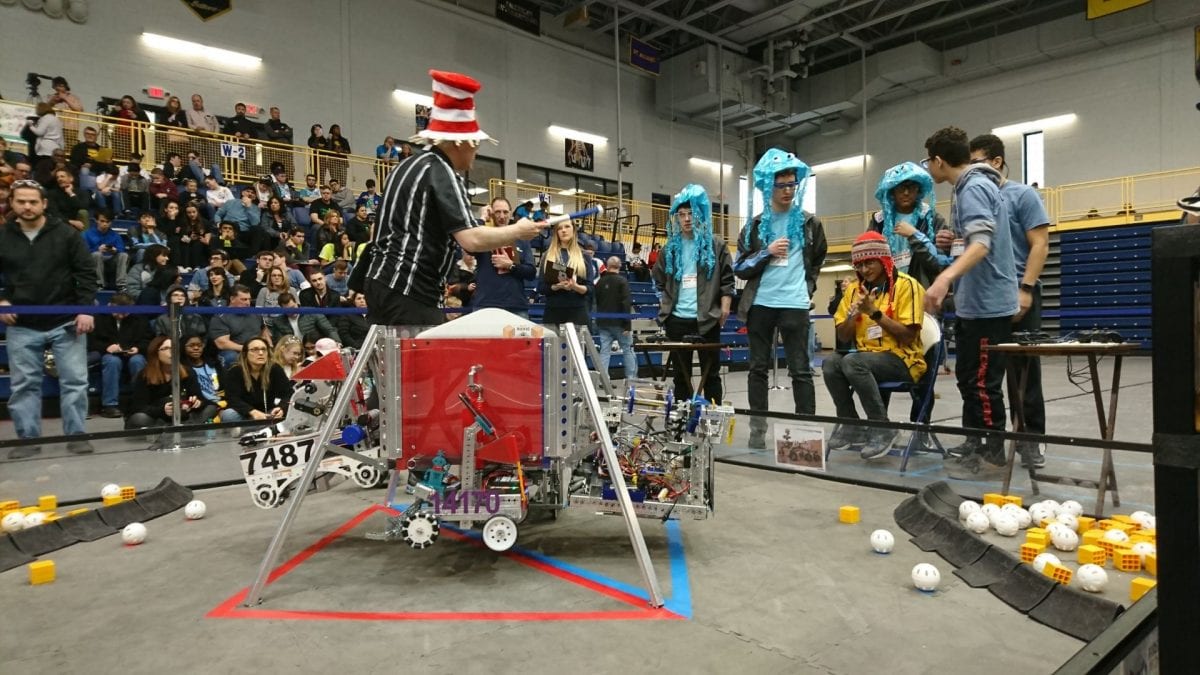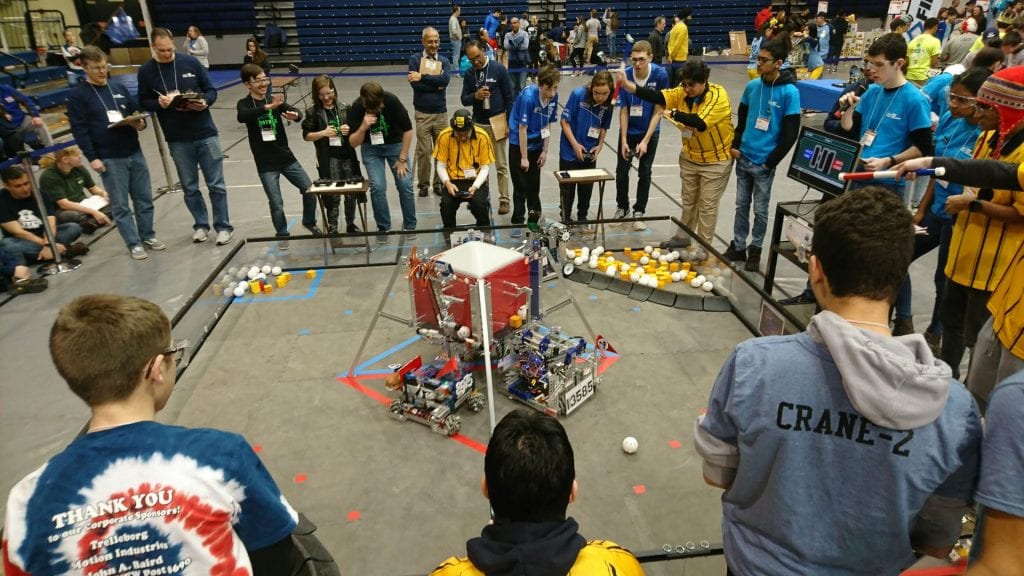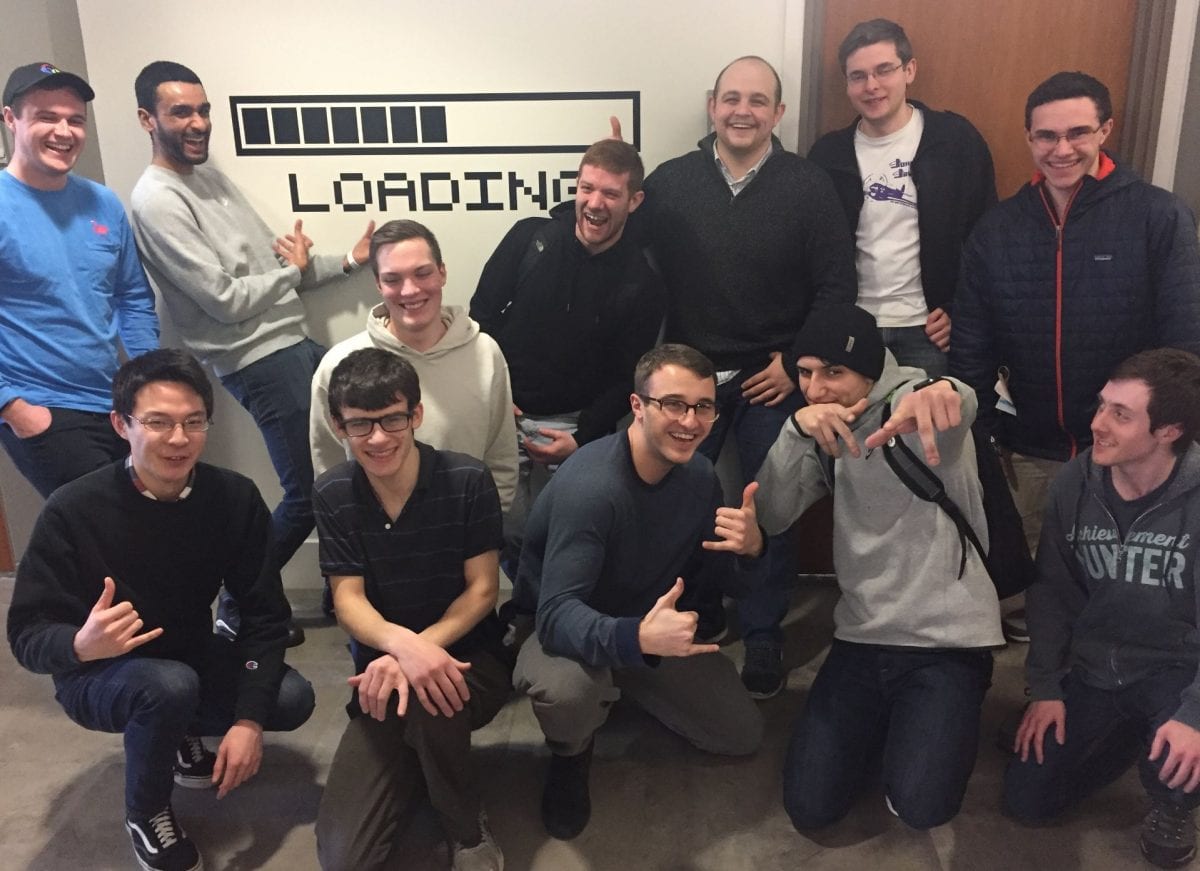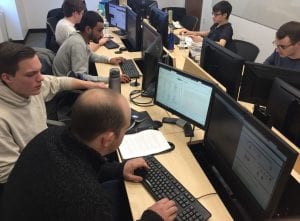Seventeen students from the Seidenberg School of Computer Science and Information Systems traveled to the Eastern Colleges Science Conference on April 6th. It was a wonderful chance for students to experience from start to finish, the process of preparing for and presenting at an esteemed conference. The experience was made possible by the Kenan Student-Faculty Conference Grant.
Out of the 17 capstone students and graduating seniors whose research was accepted, 12 students presented posters and 5 gave platform presentations (15-minute oral presentations with a question and answer session afterward). While the presentations were the highlight of the conference, all the students were able to network and learn from students of surrounding institutions.
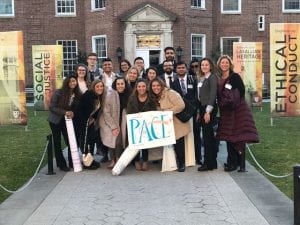 Seidenberg Computer Science Professor, Pauline Mosley, explained that this experience was intended to prepare students for future conferences. The students who attended learned “how to interact, network, and make collaborations.”
Seidenberg Computer Science Professor, Pauline Mosley, explained that this experience was intended to prepare students for future conferences. The students who attended learned “how to interact, network, and make collaborations.”
Pauline also mentioned the importance of conference participation: “the art of presenting one’s research provides student[s] with another dimension of learning that [can] only be achieved by conference participation.”
While all the students gained exposure that will benefit their careers and education, Pauline wanted to note one presenter who stood out from the rest: Quincy Doccy.
Quincy, a graduate who received his BS in Computer Science this past May, presented his platform presentation “See Through Your Meal” at the conference. He competed against Ithaca College students and won in the category of Psychology and Health. Quincy received the Award for Best Platform Presentation.
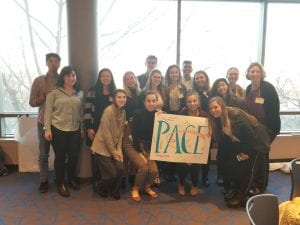 Pauline explained just why Quincy’s presentation was award-worthy: “Some students read off the PowerPoint slides, but Quincy – walked around the room, told jokes, gave history, and discussed his project calmly and it was great! His project entailed analyzing the data for restaurant reviews and his reason for doing this project was that he got food poison[ing] after eating at one of the restaurants.”
Pauline explained just why Quincy’s presentation was award-worthy: “Some students read off the PowerPoint slides, but Quincy – walked around the room, told jokes, gave history, and discussed his project calmly and it was great! His project entailed analyzing the data for restaurant reviews and his reason for doing this project was that he got food poison[ing] after eating at one of the restaurants.”
“My presentation, ‘See Through Your Meal’ was on the NYC restaurants letter grade system,” he explained. “The objective of the project was to analyze the NYC Department of Health and Mental Hygiene (DOHMH) health inspections results datasets to identify the deficiencies and limitations of the current restaurant letter grading system and determine its effectiveness. I also implemented an application prototype that’d help restaurant goers to make informed decisions when choosing to dine at their next restaurant.”
Quincy noted that this presentation was the final step in completing his capstone course. He believes this step in his education was crucial, and he enjoyed the conference.
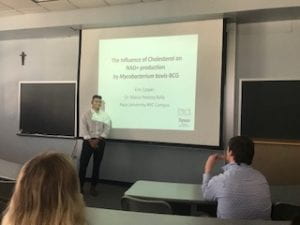 “It was an awesome experience to listen to other college students present their research from diverse fields and receive positive feedback on my presentation,” Quincy explained. “I also enjoyed networking with faculty members and other students.”
“It was an awesome experience to listen to other college students present their research from diverse fields and receive positive feedback on my presentation,” Quincy explained. “I also enjoyed networking with faculty members and other students.”
When asked how it felt to win an award for something he worked so hard on, Quincy explained that “it was great to know that all the hard work and effort I put into my research was acknowledged and recognized by the judges.”
Quincy did an excellent job of representing Seidenberg and the Pace University community. We’re proud of all that he and the other students accomplished at this conference.
Follow us on social media for updates!


